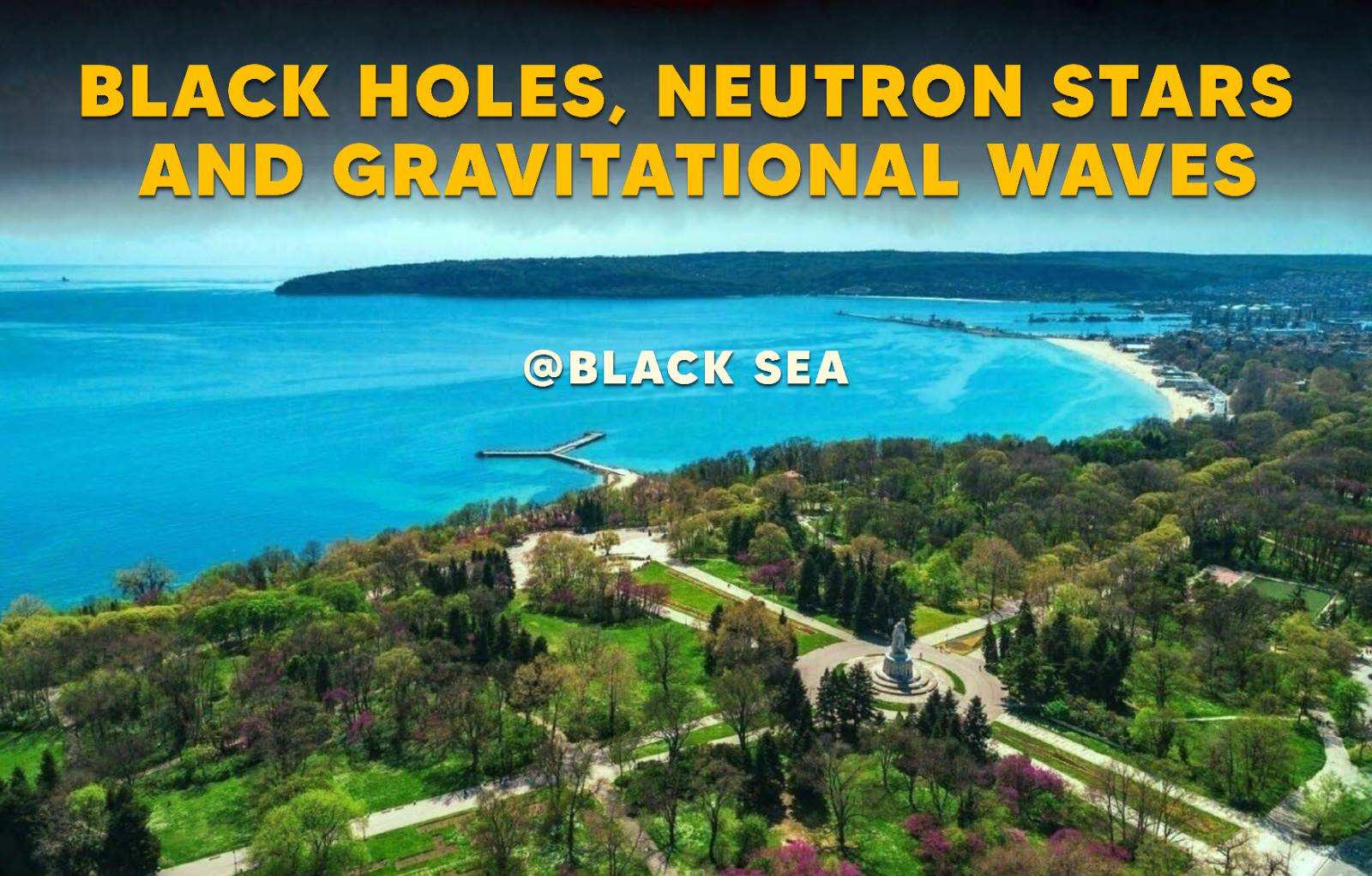Speaker
Description
The oscillation signals are important information for extracting the interior properties of the oscillating source. This technique for stars is known as asteroseismology, which is similar to seismology on Earth and helioseismology on the Sun. Since the oscillation frequencies are excited due to the corresponding physics, one could extract the properties associated with such physics once one identifies the frequencies with a specific mode. In particular, the neutron star crust has an elasticity with which the elastic modes can be excited. The neutron star crust properties relatively weakly affect the neutron star mass and radius, but their density region is around the nuclear saturation density, i.e, we can approach physics in the neutron star crust from astronomical observations and terrestrial experiments. In this presentation, we identify the magnetar QPOs with the torsional modes to extract the physical properties, and also discuss the other oscillation modes, i.e., the shear and interface modes, which may be associated with the resonance shattering in the binary neutron star evolution.

